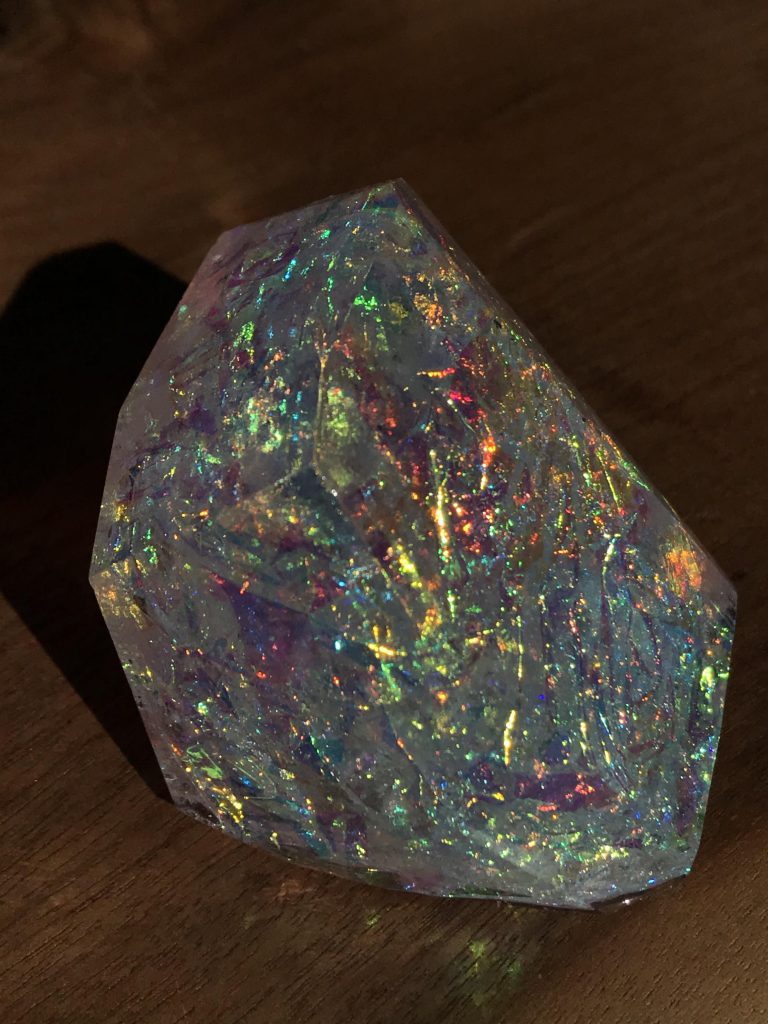The Science Behind the Diverse Colors of Rocks: Unveiling Nature's Palette

Rocks, the building blocks of our planet, come in a mesmerizing array of colors. From the vibrant reds of sandstone to the deep blues of lapis lazuli, the diversity of rock colors has captivated humans for centuries. But have you ever wondered why rocks exhibit such a wide range of hues? In this article, we will delve into the fascinating science behind the colors of rocks, exploring the geological, chemical, and biological factors that contribute to their vibrant pigmentation.
- Geological Factors:
The geological composition of rocks plays a crucial role in determining their color. Different minerals present in rocks absorb and reflect light in unique ways, resulting in distinct coloration. For instance, iron-rich minerals like hematite give rocks a reddish hue, while copper imparts a greenish tint. The presence of organic matter, such as decomposed plant material, can also influence rock coloration, as seen in the dark browns of peat or coal. - Chemical Reactions:
Chemical reactions occurring within rocks can significantly impact their color. Oxidation, for example, can cause rocks to turn red or orange. This process, commonly observed in iron-rich rocks, involves the reaction of iron minerals with oxygen in the presence of water. Similarly, the presence of certain minerals, such as sulfur, can lead to the formation of yellow or yellowish-green rocks due to chemical transformations. - Environmental Factors:
The environment in which rocks form and undergo geological processes can contribute to their coloration. For instance, volcanic rocks, formed from molten lava, often exhibit dark shades due to the rapid cooling and solidification of the lava. On the other hand, sedimentary rocks, which are formed from the accumulation of sediments over time, can display a wide range of colors depending on the types of sediments present and the conditions under which they were deposited. - Biological Influences:
Believe it or not, living organisms can also influence the colors of rocks. In some cases, microorganisms like bacteria and algae can colonize the surface of rocks, forming colorful biofilms. These biofilms can range from vibrant greens to striking reds and can contribute to the overall coloration of the rock. Additionally, the presence of fossils or traces of ancient life within rocks can add unique hues, providing a glimpse into the past.
Conclusion:
The diverse colors of rocks are a testament to the intricate interplay between geological, chemical, and biological processes. From the mineral composition to environmental conditions, each factor contributes to the vibrant palette of rocks that we observe in nature. By understanding the science behind rock colors, we gain a deeper appreciation for the Earth's geological history and the remarkable forces that shape our planet.


